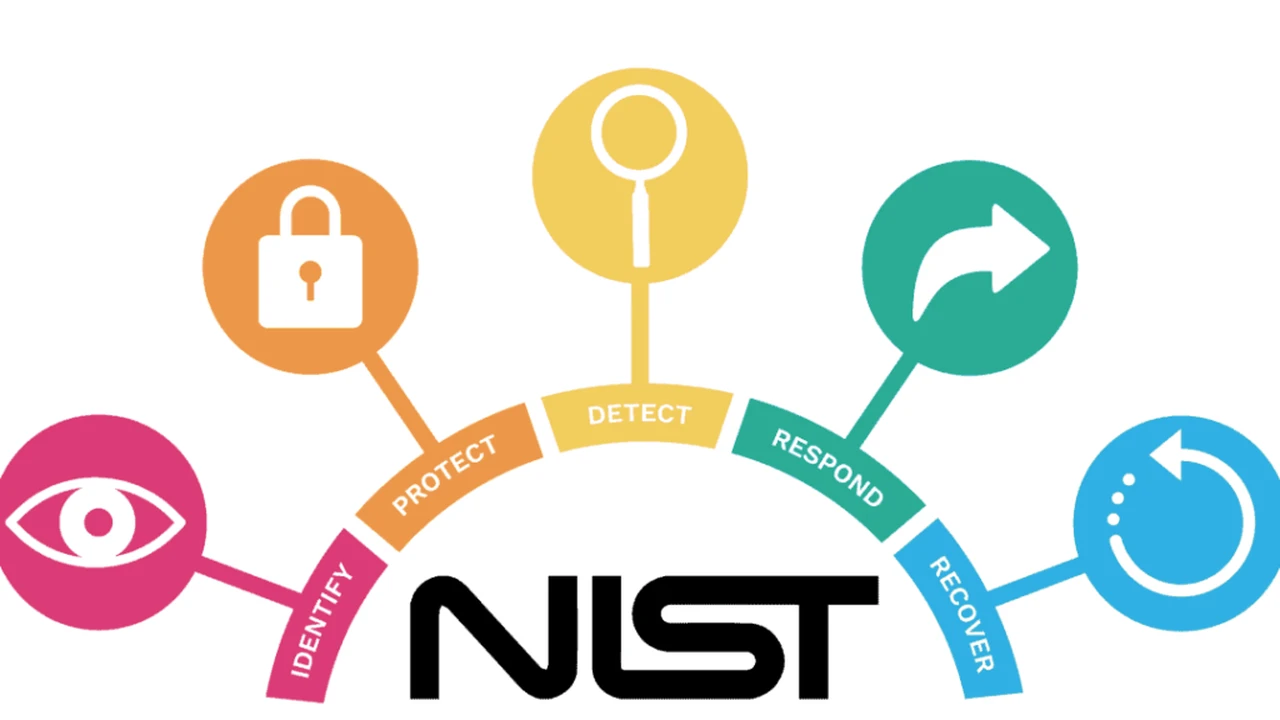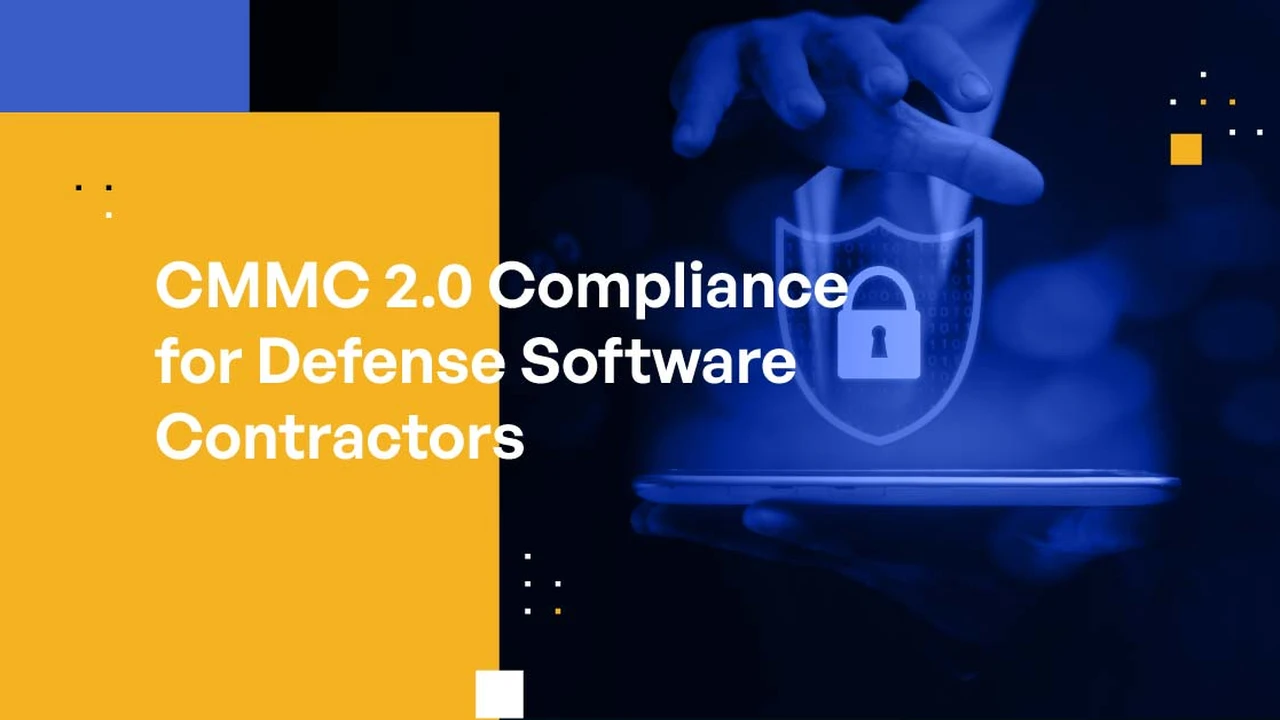5 Steps to Achieve HIPAA Compliance for Healthcare Organizations
Explore the 5 essential steps for US healthcare organizations to achieve HIPAA compliance. Protect patient data and avoid costly fines with our expert advice.

Understanding HIPAA and Its Importance for Healthcare Data Security
Let's face it, HIPAA (the Health Insurance Portability and Accountability Act) can feel like a giant headache. But it's absolutely crucial for any healthcare organization operating in the US. Why? Because it's all about protecting patient privacy and ensuring the security of their health information, also known as Protected Health Information or PHI. Think of it as the guardian of sensitive medical records. Failing to comply with HIPAA can lead to hefty fines, reputational damage, and, most importantly, a breach of trust with your patients. No one wants that!
Step 1: Conduct a Thorough HIPAA Risk Analysis
First things first, you need to know where your vulnerabilities lie. A HIPAA risk analysis is basically a cybersecurity health check for your organization. You're looking for potential risks and vulnerabilities that could compromise the confidentiality, integrity, and availability of PHI. This involves identifying all the places where PHI is stored, processed, or transmitted – from electronic health records (EHRs) to paper files and even email communications. Ask yourselves questions like:
- Where is PHI stored within our organization?
- Who has access to this PHI?
- What security measures do we currently have in place?
- What are the potential threats to this PHI?
Once you've identified the risks, you need to assess their potential impact. How likely is a breach to occur, and what would be the consequences? This will help you prioritize your efforts and focus on the most critical areas.
Step 2: Develop and Implement a HIPAA Compliance Program
Now that you know your weaknesses, it's time to build a strong defense. A HIPAA compliance program is a comprehensive set of policies, procedures, and training programs designed to protect PHI. This includes:
- Privacy Policies: These outline how you collect, use, and disclose PHI, ensuring you're transparent with patients about their rights.
- Security Policies: These address the technical, administrative, and physical safeguards you'll implement to protect PHI from unauthorized access, use, or disclosure. This could include things like access controls, encryption, and firewalls.
- Breach Notification Procedures: You need a plan in place for how you'll respond to a data breach, including notifying affected individuals and the Department of Health and Human Services (HHS).
- Training Programs: Regularly train your staff on HIPAA regulations and your organization's policies and procedures. This is crucial to ensure everyone understands their responsibilities in protecting PHI.
Don't just create these policies and stick them in a binder. Make sure they're actively implemented and regularly reviewed and updated to reflect changes in regulations and your organization's operations.
Step 3: Implement Technical Safeguards for HIPAA Security
Technical safeguards are the technological tools and measures you'll use to protect PHI in electronic form. This is where things can get a little technical, but it's essential to get it right. Some key technical safeguards include:
- Access Controls: Limit access to PHI based on job role and need-to-know. Use strong passwords and multi-factor authentication to prevent unauthorized access.
- Encryption: Encrypt PHI both in transit (when it's being transmitted over a network) and at rest (when it's stored on servers or devices). This makes the data unreadable to anyone who doesn't have the encryption key.
- Audit Controls: Implement audit logs to track access to PHI and detect any suspicious activity.
- Firewalls and Intrusion Detection Systems: These act as a barrier between your network and the outside world, preventing unauthorized access and detecting potential intrusions.
- Regular Security Updates and Patch Management: Keep your software and systems up-to-date with the latest security patches to address known vulnerabilities.
Product Recommendations and Comparisons:
Let's look at some specific products that can help with these technical safeguards:
- For Encryption:
- VeraCrypt (Free, Open Source): A powerful, free, and open-source disk encryption software. Ideal for encrypting entire hard drives or specific partitions. Use Case: Encrypting laptops used by traveling nurses to protect PHI in case of theft. Pricing: Free.
- BitLocker (Included with Windows Pro/Enterprise): A full disk encryption feature included with Windows operating systems. Easy to use and integrates seamlessly with Windows. Use Case: Encrypting desktop computers within the clinic to protect PHI at rest. Pricing: Included with Windows Pro/Enterprise.
- Voltage SecureData (Commercial): Offers end-to-end data encryption and tokenization solutions. More robust and scalable for larger organizations. Use Case: Encrypting sensitive data in databases and applications. Pricing: Starts around $5,000 per year.
- For Access Control and Multi-Factor Authentication:
- Duo Security (Commercial): A user-friendly multi-factor authentication solution. Integrates with various applications and services. Use Case: Requiring two-factor authentication for accessing EHR systems. Pricing: Starts at $3 per user per month.
- Okta (Commercial): A comprehensive identity and access management platform. Offers multi-factor authentication, single sign-on, and user provisioning. Use Case: Managing user access to multiple applications and systems within the organization. Pricing: Starts at $2 per user per month for single sign-on.
- LastPass (Commercial): Provides password management and multi-factor authentication features. Easier to deploy than other options. Use Case: Enforcing strong password policies and providing secure password storage for employees. Pricing: Starts at $3 per user per month.
- For Firewalls and Intrusion Detection:
- pfSense (Free, Open Source): A powerful open-source firewall and routing platform. Highly customizable and suitable for more technical users. Use Case: Protecting the clinic's network from external threats. Pricing: Free (but requires technical expertise for setup and maintenance).
- Sophos XG Firewall (Commercial): A comprehensive firewall solution with advanced features like intrusion prevention, web filtering, and application control. Use Case: Providing robust network security for larger healthcare organizations. Pricing: Starts around $500 per year.
- Cisco Firepower (Commercial): An industry-leading firewall platform with advanced threat intelligence and security automation capabilities. Use Case: Protecting complex network environments and providing advanced threat protection. Pricing: Varies depending on the model and features. Contact Cisco for a quote.
Step 4: Implement Physical Safeguards for HIPAA Compliance
Physical safeguards are the measures you'll take to protect PHI in physical form. This includes things like:
- Facility Access Controls: Limit access to areas where PHI is stored. Use locks, security badges, and surveillance cameras to prevent unauthorized entry.
- Workstation Security: Secure workstations that access PHI. Use screen savers with password protection and position workstations to prevent unauthorized viewing of PHI.
- Device and Media Controls: Implement policies for the disposal and reuse of electronic media (e.g., hard drives, USB drives) that contain PHI. Ensure data is securely erased before disposal.
Think about things like securing server rooms, locking filing cabinets containing patient records, and ensuring that computers are not left unattended in public areas.
Step 5: Regularly Review and Update Your HIPAA Compliance Efforts
HIPAA compliance is not a one-time thing. It's an ongoing process. You need to regularly review and update your policies, procedures, and security measures to ensure they remain effective. This includes:
- Conducting periodic risk assessments: At least annually, reassess your organization's security posture and identify any new vulnerabilities.
- Reviewing and updating policies and procedures: As regulations change and your organization evolves, update your policies and procedures accordingly.
- Providing ongoing training: Reinforce HIPAA training for your staff and provide updates on any new regulations or policies.
- Performing regular audits: Conduct internal audits to ensure compliance with your policies and procedures.
Think of it like preventative maintenance for your cybersecurity. Regular check-ups and tune-ups will help you stay ahead of potential problems and ensure that your HIPAA compliance program remains strong.
Achieving HIPAA compliance might seem daunting, but by breaking it down into these five essential steps, you can create a robust program that protects patient privacy, safeguards your organization's reputation, and avoids costly penalties. Remember, it's not just about ticking boxes; it's about building a culture of security and privacy within your organization.
:max_bytes(150000):strip_icc()/277019-baked-pork-chops-with-cream-of-mushroom-soup-DDMFS-beauty-4x3-BG-7505-5762b731cf30447d9cbbbbbf387beafa.jpg)






